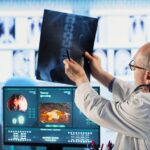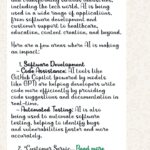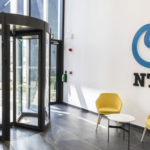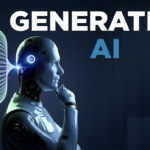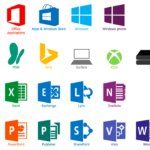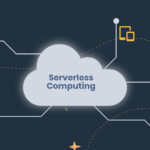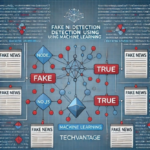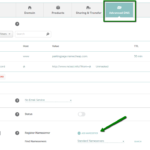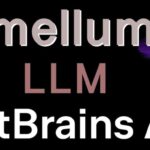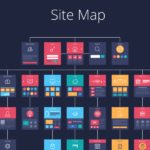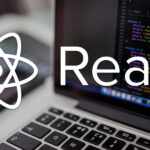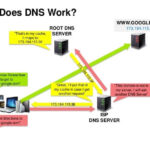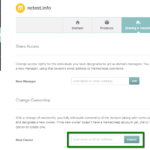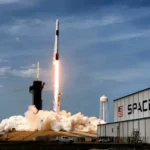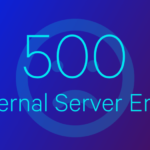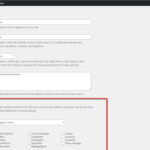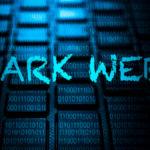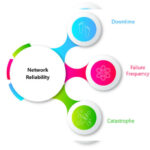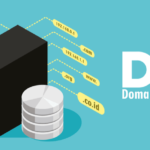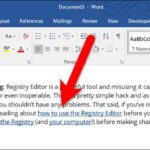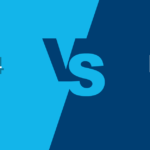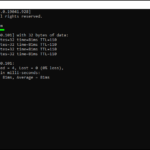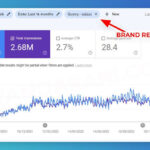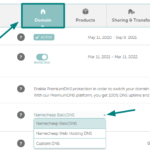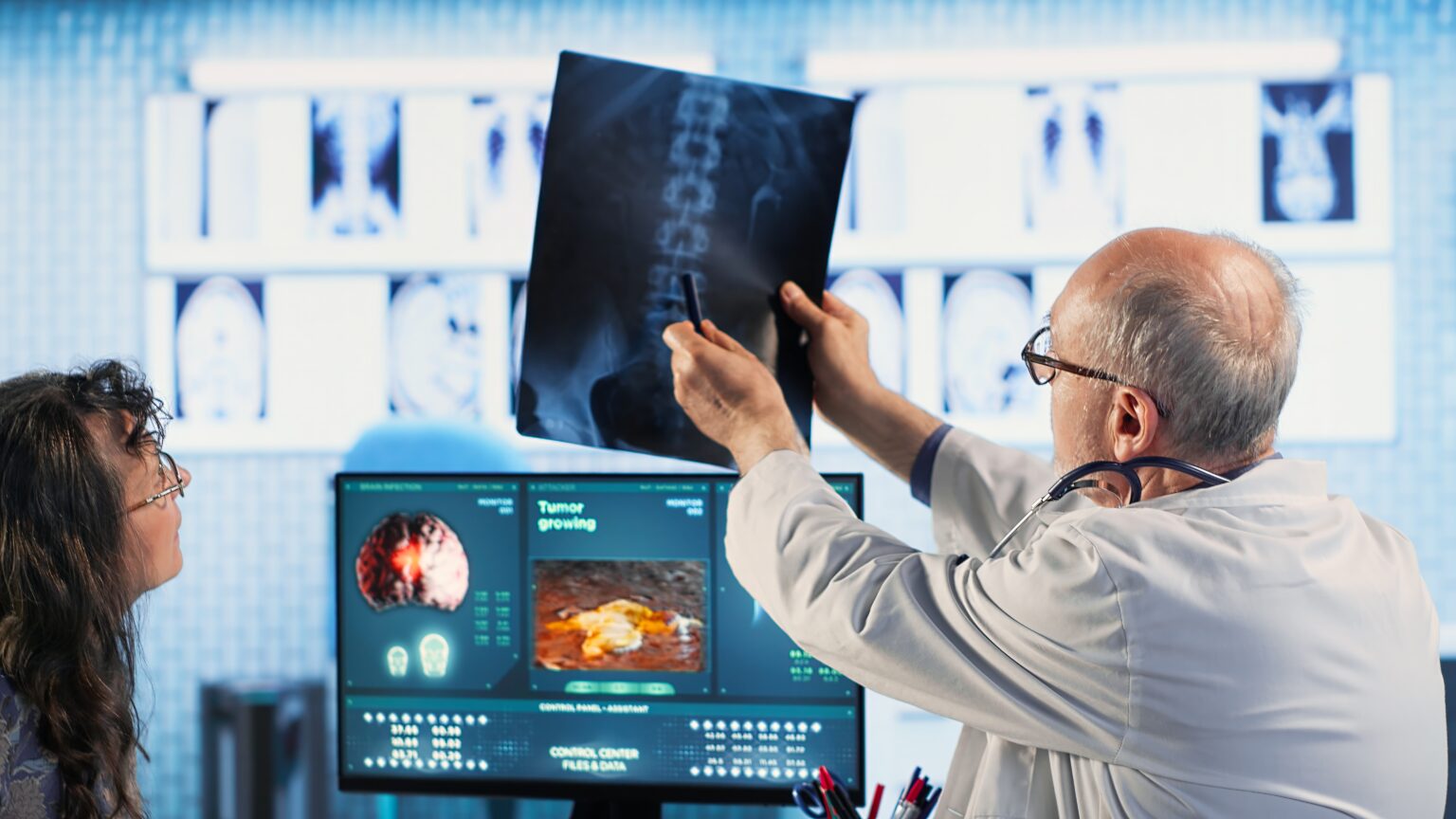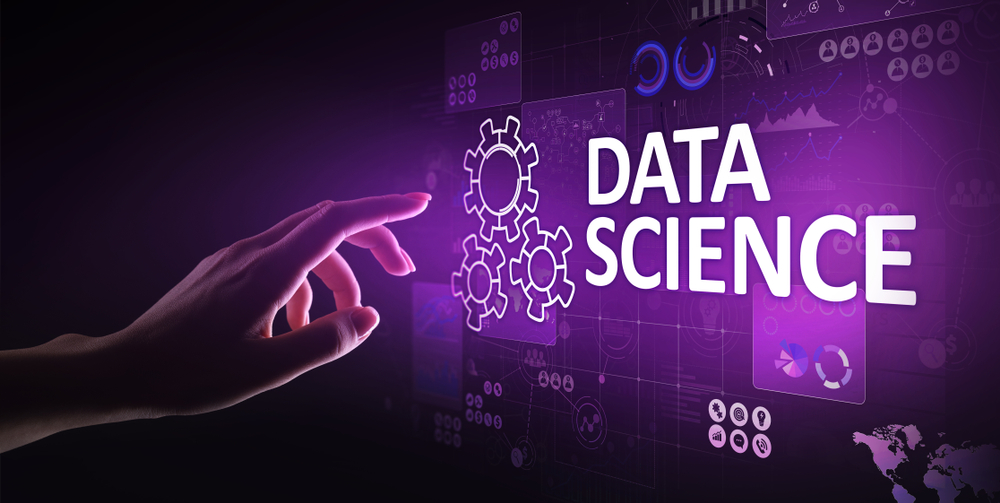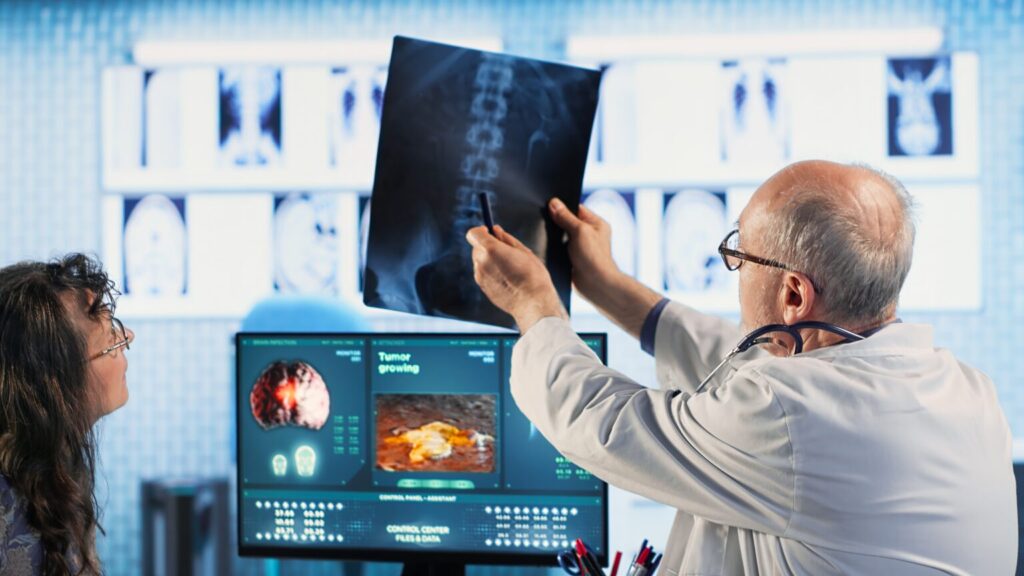
A skilled radiologist leverages medical imaging technology to evaluate cancer risk factors, guiding an elderly female patient toward early detection and preventative treatment options.
The Critical Role of Diagnostic Image Annotation in Medical AI
A radiologist may spend hours scanning through hundreds of CT images, searching for a tiny shadow that could indicate cancer. In such moments, every pixel matters. Today, AI can analyze those pixels faster and more precisely—but only if it’s trained on expertly labeled medical images.
Labeling diagnostic images isn’t just a step in AI research—it’s the cornerstone. Without well-annotated datasets, no medical AI system can be trusted to deliver reliable results in clinical practice. And in radiology, where the line between “normal” and “abnormal” can be almost invisible, accurate annotations form the very foundation of success.
This article explores why diagnostic image annotation is essential, the challenges it poses, and the future it promises.
What Is Diagnostic Image Annotation?
Diagnostic image annotation is the process of labeling medical images—CT scans, MRIs, PET scans, ultrasounds, and X-rays—so that AI systems can learn to detect patterns and conditions. These labels, often called ground truth data, act as teaching material for machine learning models.
For example, annotators may:
- Outline the exact borders of a tumor
- Highlight areas of fluid buildup
- Tag irregular tissues
By repeatedly analyzing such annotated images, AI systems learn to recognize features in new scans—similar to how radiologists develop expertise through repeated exposure.
Why Radiology Needs Precise Annotations
Radiologists review thousands of images each week, from complex brain scans to routine chest X-rays. This volume of visual information is overwhelming and time-consuming. AI models trained on carefully annotated data can reduce this burden, speeding up diagnosis and improving accuracy.
Consider a system designed to detect early-stage lung nodules. If trained on datasets with expertly annotated CT scans, it can identify subtle nodules even before a radiologist notices them. The result is earlier detection, faster treatment, and improved patient outcomes.
But none of this is possible without precise annotations. As with any AI model, the quality of the input determines the quality of the output. Poor annotations mean unreliable results.
The Role of Medical Experts
Annotating radiology images requires both technical skill and deep medical expertise. Identifying the edges of a tumor, for instance, can be difficult due to overlapping structures, tissue density, or patient variation.
Board-certified radiologists review annotations to ensure datasets are both technically accurate and clinically relevant. Their expertise ensures training data reflects real-world complexities, not just textbook cases. Even small errors in annotation can mislead AI models and lead to incorrect diagnoses, making expert involvement indispensable.
Challenges in Image Annotation
Despite its importance, image annotation in healthcare comes with significant challenges:
- Volume of data: Medical imaging generates millions of images daily; annotating even a fraction is labor-intensive.
- Limited expert availability: Radiologists are expensive to hire and often unavailable for large-scale annotation.
- Lack of standardization: Different hospitals use varying protocols, making it difficult to build universal models.
- Tool limitations: Many annotation platforms lack the sophistication needed for complex medical tasks.
- Privacy concerns: Patient data must remain secure, requiring strict compliance with medical privacy regulations.
Still, the potential benefits—increased accuracy, efficiency, and better patient outcomes—continue to drive investment in this area.
The Future of Diagnostic Image Annotation
The future points toward semi-automated annotation pipelines where AI handles initial labeling, and experts refine the results. This “human-in-the-loop” approach is already being used in leading research centers, combining efficiency with accuracy.
Emerging technologies like federated learning and privacy-preserving methods will also expand annotation efforts without compromising sensitive data. These advancements will accelerate medical AI adoption globally while safeguarding patient privacy.
Why It Matters
Behind every breakthrough in medical AI lies the unseen work of annotation. Whether it’s detecting cancer early or spotting strokes faster, reliable annotations power the algorithms that save lives.
Every accurate AI diagnosis starts with three things: a medical expert, a digital scan, and a carefully placed label. Annotation may not be glamorous, but it is the invisible force behind the most exciting advances in healthcare AI.
Conclusion
It’s easy to get caught up in AI-powered tools like diagnostic assistants and predictive algorithms. But none of these innovations exist without one essential building block: expertly annotated data.
As AI becomes deeply embedded in radiology, diagnostic image annotation will remain indispensable. It turns raw images into actionable insights, enabling machines to support doctors in making faster, more accurate diagnoses.
The next time you hear of a medical AI breakthrough, remember; it began with annotation.

